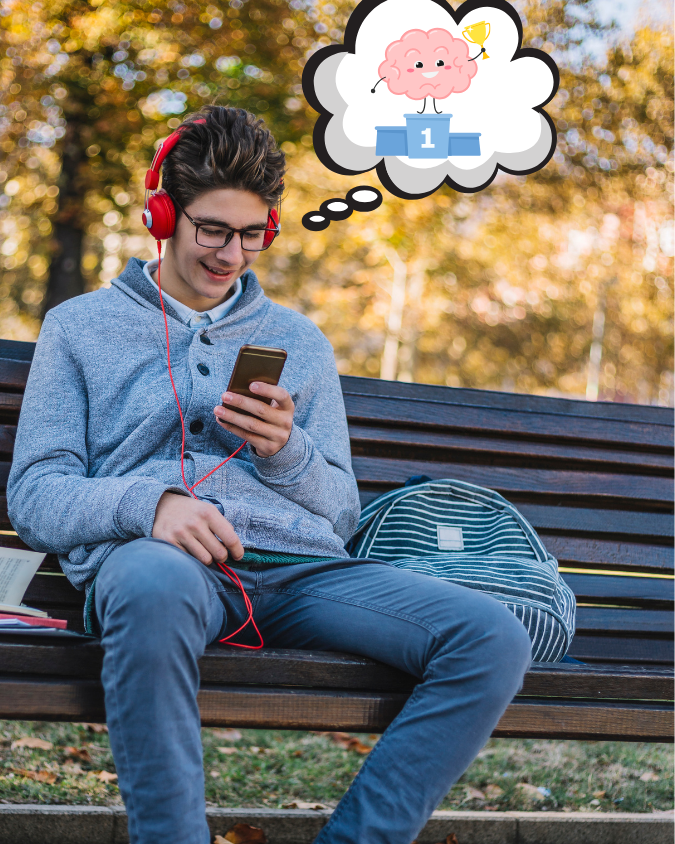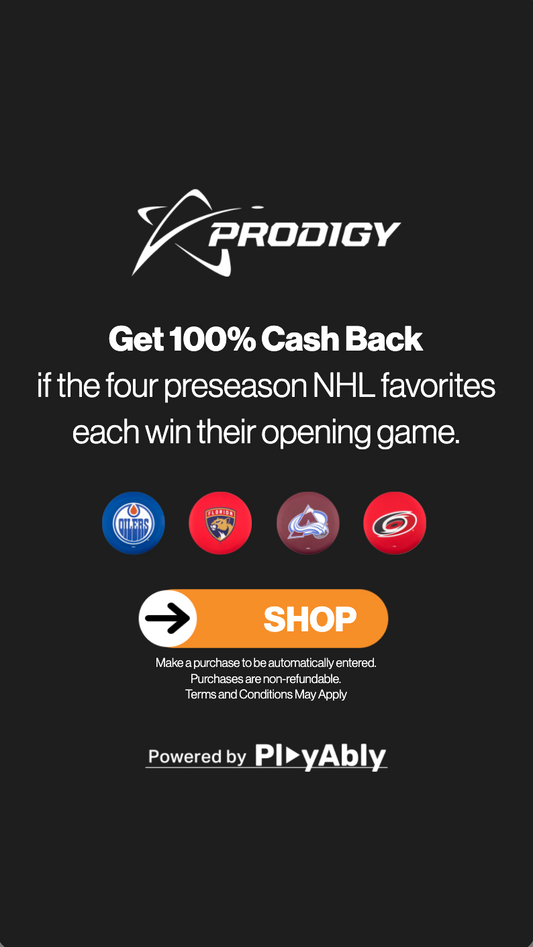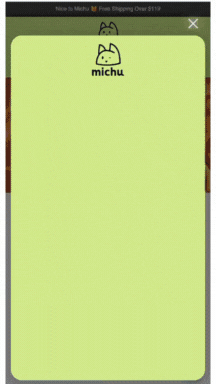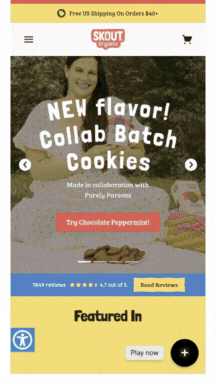How Gamification Boosts Conversions: Behind the Psychology
Vintage Cars Customizable Game
Creating Customer Journeys Experiences in eCommerce with Gamification
Download The Guide
Gamification isn't just a trend—it’s a powerful tool rooted in human psychology. In Episode 27 of the PlayAbly Podcast, CEO and founder John Chang joined host Kajal to break down exactly how and why gamification works so well for e-commerce brands. From the early inspiration to real-world impact, the episode pulled back the curtain on what separates gimmicks from true game-based strategy.
Why Gamification Resonates With Human Behavior
At its core, gamification taps into basic human instincts: curiosity, achievement, and play. Drawing from years of experience at Unity—the game engine powerhouse—John Chang highlighted that gaming isn’t niche; it’s universal. Everyone plays in some form, and gaming mechanics are simply structured expressions of behavioral economics. Whether it’s swiping, matching, or solving a puzzle, those micro-interactions reveal how a person thinks, what they enjoy, and how they might behave in the future.
Vintage Cars Customizable Game
Gamification and conversion optimization go hand in hand. While gamification keeps users engaged, conversion optimization ensures that engagement leads to action—whether that’s making a purchase.
Download The GuideE-commerce typically offers static experiences. A user clicks, scrolls, maybe bounces. But with gamification, every interaction becomes dynamic. The feedback loop—user acts, system responds, user adjusts—builds a deeper understanding of that user’s preferences. This engagement data helps brands create personalized, high-conversion experiences rooted in real behavior instead of guesswork.
The Jones New York Case: Gamification That Converts
Not all gamification needs to be flashy. For legacy fashion brand Jones New York, the challenge was clear: their primary demographic—women 65 and older—found online shopping overwhelming and impersonal. Enter a personality quiz with a Tinder-style swipe mechanic, asking, “What’s your denim personality?”
The simple, intuitive format engaged users without requiring prior experience with gaming or dating apps. Instead of clicking through endless product listings, customers made choices that felt natural and enjoyable. As a result, they spent more time on the site, remembered the brand weeks later, and interacted in ways that felt personalized and valuable.
The takeaway? Real gamification works because it meets people where they are—and invites them to explore instead of just transact.
Where Gamification Belongs in the Funnel
Games aren’t just novelty—they’re strategic tools. According to John, gamified experiences perform best near the top of the funnel: on landing pages, homepages, or even within ads. While traditional e-commerce pages push for a sale immediately, games offer a first impression rooted in engagement.
This is especially effective in today’s Shopify-saturated environment, where many sites feel nearly identical. A game on your homepage isn’t just fun—it’s a brand differentiator. It creates a moment of delight instead of fatigue and can act like a friendly store associate rather than a pushy sales pitch.
Gamification can also extend to email, social media, and even paid ads—delivering better ROI by drawing people in before the hard sell even begins.
Why Gamified Lead Capture Outperforms Pop-Ups
Standard popups asking for emails are fading fast. Users see them as interruptions, often closing them before even reading the offer. Games, on the other hand, invite users into a challenge. That shift in tone matters.
PlayAbly’s data shows that gamified experiences can increase performance by 30–50% compared to traditional tactics. Not only do users engage more, but they’re also 2–3 times more likely to use a coupon or offer earned through play versus one handed out passively. That sense of “earning” drives commitment—and better recall.
And the impact doesn’t stop with discounts. Even gamified tools that offer product education or quizzes without incentives can significantly boost time-on-site, brand affinity, and conversion rates.
How PlayAbly Makes It All Work
While some brands try to build their own games, most quickly realize they don’t have the time, skills, or strategy to do it right. PlayAbly offers a white-glove approach: brands meet with developers and strategists, outline their goals and audience, and let the experts handle the rest. Within a week, brands get live wireframes and prototypes, optimized to perform out of the gate.
PlayAbly’s systems also use AI to personalize games based on audience data, continually improving performance through iteration. That means the experience isn’t just good—it gets better over time, without requiring internal bandwidth.
Best of all, most games launch with a 90–95% completion rate. That means almost everyone who opens a PlayAbly game finishes it—a staggering stat in an industry obsessed with short attention spans.
Why Now Is the Perfect Time for Gamification
Gamification is booming for two reasons: AI and economics.
First, AI has slashed the cost of creating bespoke gaming experiences, making them accessible to brands that never could’ve afforded them before. Second, in a tighter economic climate, brands are looking for ways to cut paid ad spend without sacrificing performance. Games provide that alternative—building community, retention, and engagement organically.
It’s not about pushing harder for the sale. It’s about giving people something that feels good, aligns with your brand, and invites them to stick around—so when the time is right, you’re the obvious choice.



